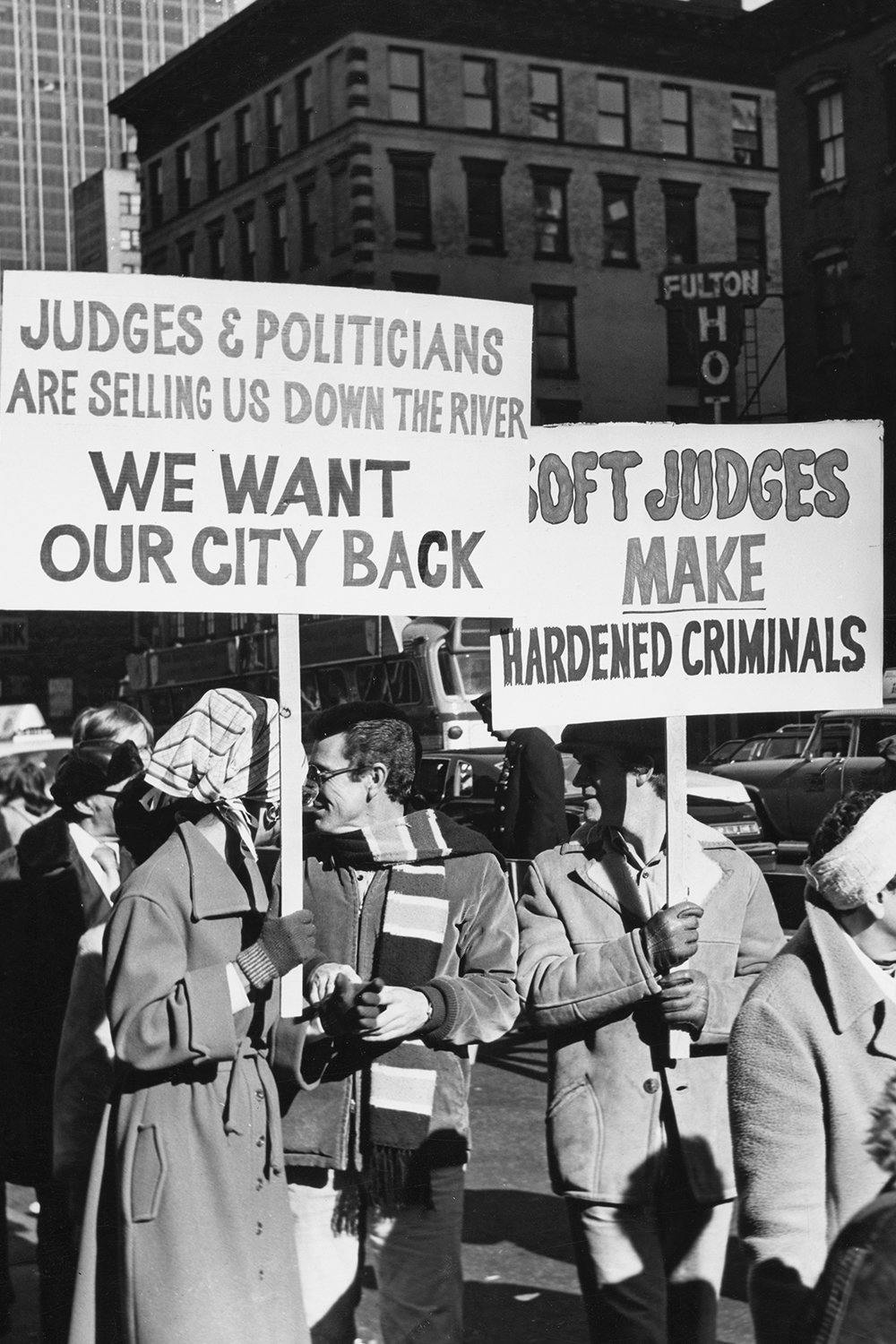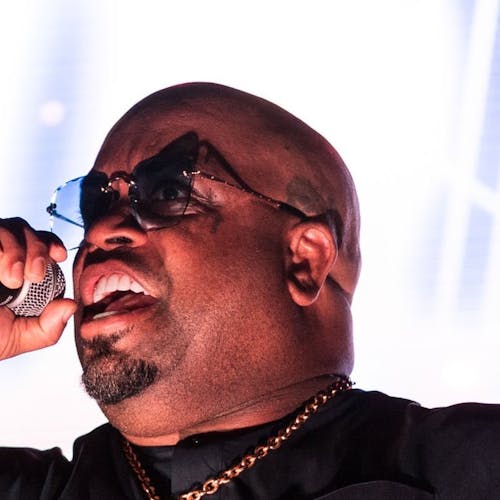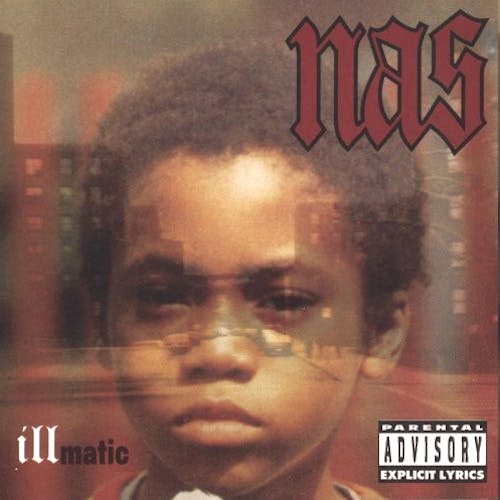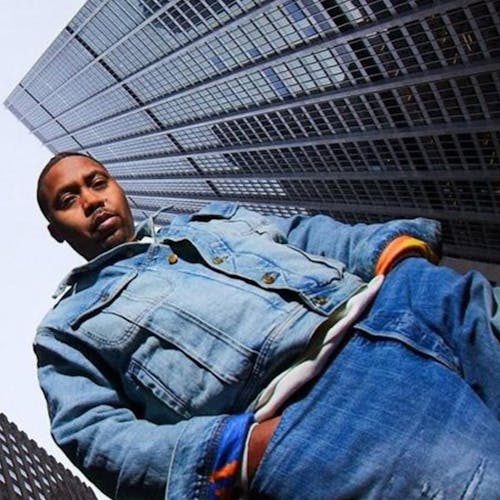
Times Square, in the heart of New York City, wasn't always the way we view it — like through the lens of movies like Taxi Driver. In fact, when it was built up at the turn of the century, it was actually a wonderful place to be.
Times Square stretches from West 40th Street, to West 53rd Street, with sixth, seventh, and eighth Avenues slicing through them like arteries — making 42nd Street the heart — pumping people in and out of the region at all hours of the day and night.
Times Square, 42nd Street, or the "Deuce" as it was fondly called, was a touchstone in the lives of kids growing up in the '6os, '70s, and '80s. A simple walk down the street itself, from 7th to 8th Avenue, exposed kids to potential mugging, stores that sold weapons, prostitutes and their pimps, indoor prostitution in the guise of massage parlors, the sale of every drug known to man, movie theaters that showed three Kung Fu flicks for $2, smaller movie theaters that showed hardcore pornography, and at the very edge — in the 8th Avenue subway station — a gaming arcade.
The "Deuce" was a circus that ran 24 hours a day.
In the late 19th century it was originally called Longacre Square, and it held a bit of the '70s grit, with numerous brothels and bars. That began to change in 1905 when Adolph Ochs, owner of The New York Times, built an early skyscraper as the newspaper’s headquarters. Today, that’s the building where the ball is dropped on New Years Eve. Longacre Square was quickly renamed Times Square.
Ochs had firsthand knowledge that the transit system was going to converge nicely at 42nd Street, drawing millions of people into the area each year. As more people entered Times Square, new sophisticated hotels and restaurants were built, and the theater district moved from lower Manhattan to the area north and west of the Times building. Large advertising signs started to dot the rooftops of the new buildings, many of them framed with electric lights. These were the good times for the area, but sadly, it didn’t last.
As the Great Depression swept through the country in the 1930’s, many theaters in Times Square were facing financial ruin, so they turned to sex, because sex sells. Burlesque shows started taking over the theaters where legitimate plays and musicals were failing. The shows usually featured a number of sketches with prominent comedians, and scantily clad women. By the end of the '30s, the comedians were out, and the nearly naked women began making a living doing a strip tease.
As World War 2 came around, there were soldiers on leave from all over the country, all of them looking for a good time. Prostitution became more prevalent, and grifters were found on every street corner, selling fake watches, and playing rigged Three-card Monte scams, which appeared on every corner.
One of the top three-cardmMonte players of the time told me how it was done.
“To be in a Three-card Monte crew you needed five people, one thrower, two sticks ( players ), and two lookouts you could trust. I was young and pretty so I was always a stick. If someone took out a wad of money your job was to take them down, after the money it’s the jewelry. I always wore a gold ring to place a bet with which planted he idea in their heads. When the thrower threw the cards you’d never even look at them because there was no way that you could get it right. They were magicians. You would listen carefully to what they were saying, it was like a rap, Hhit on the black and get your money back.” And certain words would tip you off to where the card was, and that’s when you’d bet.
If the cops came it was the lookout’s job to grab the cardboard box and walk away. The thrower would tear up the cards. If there were no cards they couldn’t charge you with anything. If we got chased we’d have a spot to meet up later and split the money up. A good stick made 18 to 20 percent, which on a good a day was thousands of dollars."
DROP YOUR EMAIL
TO STAY IN THE KNOW
The postWorld War 2boon that affected the whole country, didn’t do much for Times Square. By the 1960s, the exodus from New York had begun, and with it its tax base. City services were cut across the board and the city spiraled into decay. As the '70s rolled around, Times Square recorded more criminal complaints than any other precinct. Despite it’s danger, orbecauseof it’s danger, it became a meeting place for kids, and each person from that generation has a story to tell about it.

Charlie Ahearn
Filmmaker Charlie Ahearn ( Wild Style), had this to say about the appeal of the "Deuce."
“In the 1970’s, I used to travel up to Times Square from the Lower East Side to see the Martial Arts movies on 42nd Street/ I was fascinated with Martial Arts films and could spend entire days in old, run down theaters, with sticky floors, and rats scurrying over your feet. I loved the film Mad Monkey Kung Fu. Later on I found out that the B-Boys I met loved that film too, so that was something in common.

In 1980, there was a collaboration between Colab - the art group I was af-filiated with — and Fashion MODA, an alternative space in the South Bronx.
The Times Square Show was on 41st Street and 7th Avenue, in an abandoned massage parlor. I showed my Martial Arts film in a small room, that’s where I met Fab 5 Freddy, we started talking about making a film together which would eventually become Wild Style. I told Fred I needed Lee Quinones to be in it and asked him to bring him by to paint the side of the building. Lee showed up the next day, and he and Fred did a large painting.
Jane Dickson and I moved to 43rd Street and Eighth Avenue in 1981, we lived there for 12 years and raised our kids there. When my son was born I bought a video camera, which allowed me to video all sorts of scenes out of my window, all the peep shows, violence, and transgender people. I eventually cut them together into a film called, Doing Time in Times Square.”
Fab 5 Freddy
Hip-Hop icon Fab 5 Freddy loved the entire experience that was the "Deuce," as he recounts his experience.
“Coming from Bed Stuy Brooklyn, the "Deuce," which was 42nd Street between 8th Avenue and Broadway, Times Square, all of that area was like the greatest amusement park for me. If you got to go once a year, that was a huge event and special because in those days most heads I grew up around didn’t really leave the hood, at all. For me it was the movies, the excitement of Forty Deuce being a glittering street of flashing lights, with a dozen theaters side by side on both sides of the street was awesome. Kung Fu, Blaxploitation, horror, and action films are what you went to see on the "Deuce." I was too young to see any porn, but the titles were obvious and humorous on the marquees. Titles like, 9 Lives of a Wet Pussy Cat”, Black Throat, and Debbie Does Dallas. Also, the arcades in the area were a big treat. You'd pump dimes and quarters into mostly manual arcade gaming machines like pinball and early digital games like Pacman. Also, the highs and lows of street life were on full display. Pimps, hookers, peep shows, and massage parlors, three-card Monte hustlers, vagrants, and thousands of tourists from the world over walking around dazed, dazzled and excited."
Jane Dickson
For others, the "Deuce" became a source of inspiration. Artist Jane Dickson mined her experience from working on the "Deuce" into a series of iconic paintings.
“In 1978 I answered an ad in The New York Times that said: Artist Wanted - Willing to Learn Animation. The job was for the Spectracolor sign in Times Square, it was in the original New York Times building at 43rd Street and Broadway, the sign itself was three stories tall and faced north looking out over Times Square. My job was to design ads for the sign us-ing the latest computer technology, which was very primitive.
The job allowed me to do my paintings during the day, and work at night. When I had a break, I would take out my sketchbook and do drawings of the three-card monte players. In the late '70s there were still ordinary businesses in the neighborhood, including two Howard Johnson’s where we went for dinner. At 8:00 o’clock, I’d take my dinner break and buy a ham sandwich at the local deli, where I’d watch the transvestites get ready for the evening, that was the other side of Times Square, the side that intrigued me.
I wanted to paint what people didn’t want to pose for, so I purchased the smallest camera available, a Minox, and began shooting from my hip whenever I saw something interesting. I’d usually get a glimpse of what I needed which would help with my paintings, background shots were easier to get because I didn’t need people in them. Many times I would use the photo as a guide, and then have my friends and husband pose for me to get more detail. People in Times Square didn’t want to be photographed. One time I had garbage thrown at me by a hostile crowd inside the Port Authority, but I think I was interested in the danger of it.”
Grandmaster Caz
For Grandmaster Caz there was vindication, found in a Times Square movie theater.
“I was raised in the Bronx where we were safe, and knew everyone. We didn’t go into Manhattan unless we had to. When I became a teenager, 12, 13 years old, we started going to the "Deuce." This became a ritual for us on Easter Sunday. You get all dressed up and head down to Times Square to see a movie. Times Square was crazy back then: the hookers, the dealers, the con men doing three-card monte. There were people who would cut your pocket and take your wallet and you wouldn’t even know it. But that was part of the appeal, we knew we weren’t supposed to be there.
As we got a little older you’d head down to the "Deuce" to see three movies, not one, and it cost a dollar. You could spend all night there. Before you headed back to the Bronx you had to have your picture taken. There were photographers everywhere in Times Square. They would hang up a big red velvet background on a fence, and have you sit in a wicker chair - make you look like a king.
Back in the day, if you didn’t have a photo taken, then you weren’t really there. It was that big an event.
In 1982 ,I was approached by Fab 5 Freddy and Charlie Ahearn to do the film Wild Style. The movie premiered on the "Deuce," and the opening was surreal. Just a few years earlier I was going to Times Square to see other people on the screen, and now here I was. The movie had a long run, and everyone saw it, but for me it was a validation of everything I had been doing, everything I was passionate about!"
The seedy, Taxi Driver look of Times Square finally gave way by the end of the 1980’s. The original plan called for the city to take over the street with eminent domain, and then erect four large office buildings. In 1990, the four large office buildings were no longer possible based on the Wall street crash from a few years earlier. A committee was formed to de-vise other plans that relied heavily on commerce, Times Square still had more pedestrian traffic than any other location in the United States. Old theaters that once ran pornographic films, were refitted to become stores. Other theaters would reopen as movie chain theaters, and still others, beautiful theaters that had been around for a century, were lost to the wrecking ball.



